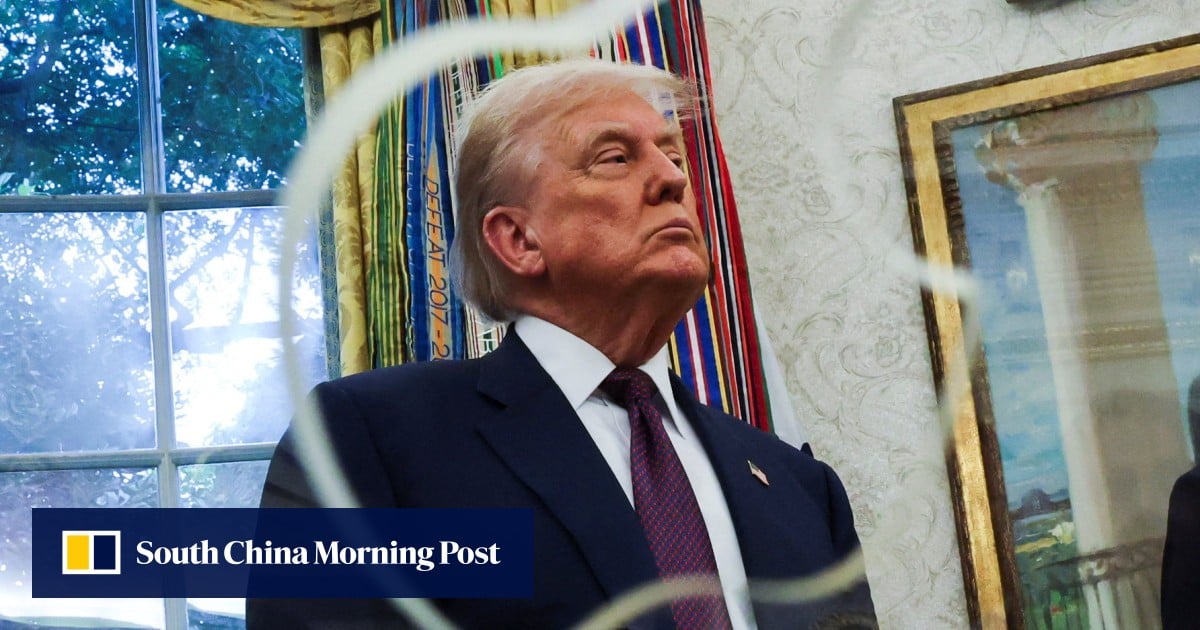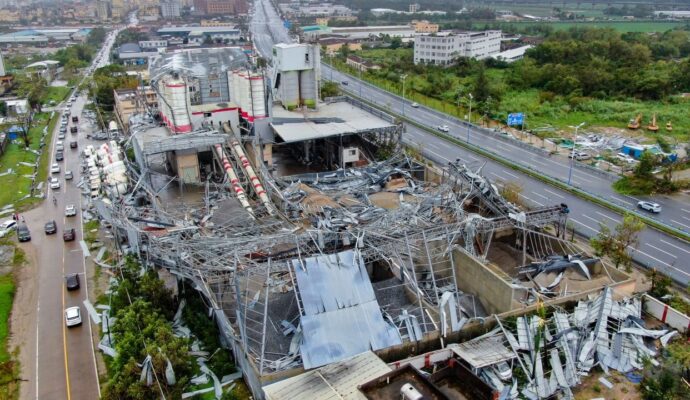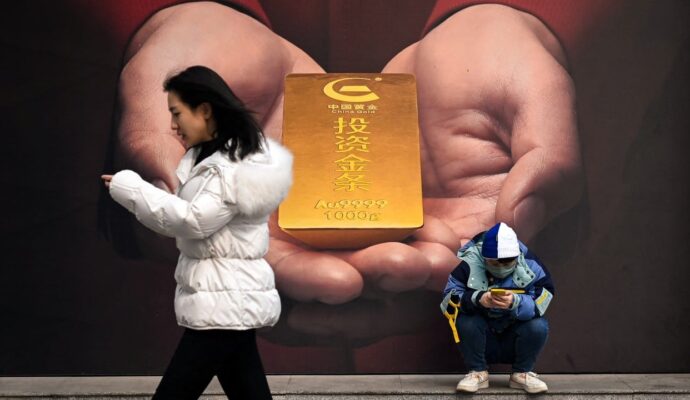
When US President Donald Trump announced Washington would be imposing a 100 per cent tariff on semiconductor and chip imports last week, it sent shock waves through countries with strong or emergent manufacturing clusters – but some markets responded with relief.
Advertisement
Here, we attempt to provide more context for what this tariff could entail and examine its potential impact across different regions.
What did Trump say, and how did markets react?
While making the tariff threat, Trump added a major caveat: “If you’ve made a commitment to build [in the US] or if you’re in the process of building [in the US], there’s no tariff … [but] if you say you’ve committed but don’t build, we’ll add up the charges.”
Despite the threat of triple-digit tariffs on the critical technological product, the market’s focus has been on those exemptions. With Trump’s statement, the uncertainty over what form semiconductor tariffs would take has been lifted – at least temporarily. While details are limited so far, the move comports with Trump’s strategy to encourage high-end companies to establish manufacturing facilities in the US.
Advertisement


